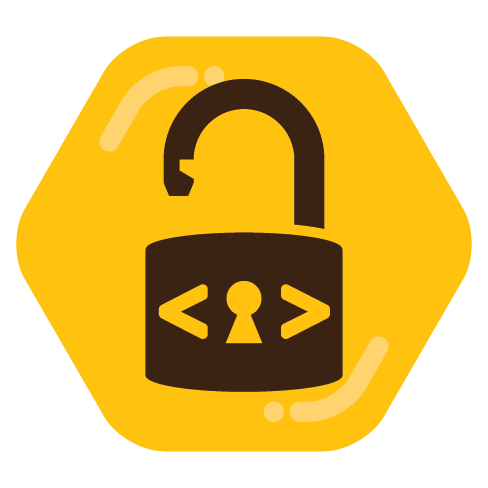

Logcheck. It took ages to make sure innocent logs are ignored, but now I get an email as soon as anything non-routine happens on my servers. I get emails with logs from every update, every time I log in, etc. This has given me the most confidence that nothing unexpected is happening on my servers. Of course, one needs to make sure that the firewall is configured well, and that you use ssh keys etc., but logcheck is how I know I’m doing enough.


I do the same. Fedora on my laptop because I want a balance of stability and having the newest features. Servers run Debian, because I don’t have time to fix and update things.